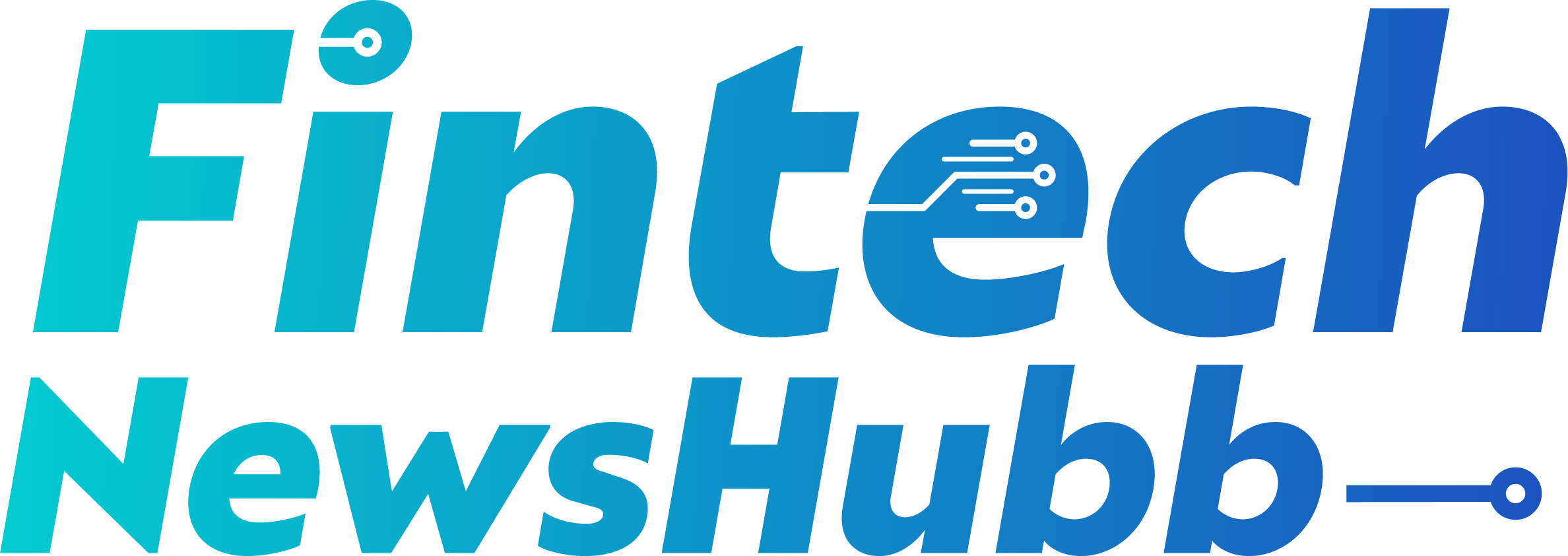Introduction
TikTok, the dynamic social media platform, has captured the hearts of millions with its engaging short-form videos and creative content. It has become a pivotal tool for digital marketers, revolutionizing the way brands connect with audiences. However, the looming possibility of a TikTok ban raises concerns about the future of digital marketing strategies. In this article, we will explore the potential implications of such a ban and how businesses can navigate this challenging landscape.
The Power of TikTok in Digital Marketing
- User Engagement: TikTok’s algorithm is designed to maximize user engagement. Its addictive, bite-sized content keeps users scrolling for hours, making it an ideal platform for brands to capture attention quickly. Brands have leveraged TikTok’s unique features to create viral challenges, fostering a sense of community and engagement.
- Brand Challenges: TikTok challenges have become a powerful marketing tool. Brands create and promote challenges that encourage user participation. These challenges often go viral, reaching millions of users and generating organic brand visibility. The participatory nature of these challenges fosters a sense of connection and loyalty among consumers.
- Influencer Partnerships: TikTok influencers have become key players in digital marketing. Their authenticity and relatability resonate with audiences, making influencer partnerships highly effective. Brands collaborate with influencers to promote products, leveraging their large followings to reach a broader audience.
Potential Challenges of a TikTok Ban
- Loss of a Key Platform: A TikTok ban would mean losing a major platform for reaching a younger demographic. TikTok’s user base is predominantly Gen Z and millennials, making it an essential channel for brands targeting these age groups. The ban would force marketers to find alternative ways to connect with this audience.
- Audience Fragmentation: TikTok has created a unique sense of community among its users. A ban would lead to audience fragmentation, with users migrating to various platforms. Marketers would need to adapt to these shifts and ensure they can maintain engagement across multiple channels.
- Content Strategy Disruption: TikTok’s short-form video format has driven innovative content strategies. Brands would need to rethink their content approaches to fit other platforms’ formats. This could involve adapting existing content or creating entirely new strategies to maintain engagement.
Exploring Alternative Platforms
- Instagram Reels: Instagram Reels offers a similar short-form video experience. Brands can seamlessly transition their TikTok strategies to Reels, leveraging Instagram’s vast user base. The integration with Instagram’s existing features, such as Stories and Shopping, provides additional marketing opportunities.
- YouTube Shorts: YouTube Shorts is another alternative for short-form video content. With YouTube’s massive reach and robust monetization options, brands can continue to create engaging videos and reach a diverse audience. YouTube’s long-standing reputation as a video platform adds credibility to marketing efforts.
- Snapchat: Snapchat’s multimedia messaging features make it an attractive option for maintaining engagement. Brands can use Snap Stories, AR filters, and interactive ads to connect with users. Snapchat’s focus on real-time content aligns with the dynamic nature of social media marketing.
Adapting to Change
- Diversified Strategies: To mitigate the impact of a TikTok ban, brands should diversify their digital marketing strategies. Relying on a single platform can be risky, so expanding to multiple platforms ensures a broader reach and reduces dependency on any one channel.
- Focus on Community Building: Building a loyal community across various platforms is essential. Brands should focus on creating meaningful connections with their audience, fostering engagement and loyalty. Engaging with users through personalized content and interactive experiences can help maintain a strong community presence.
Conclusion
The potential ban on TikTok underscores the need for adaptability in digital marketing. While TikTok has been a game-changer, brands must explore new platforms and strategies to continue engaging with their audiences effectively. By diversifying their approaches and focusing on community building, businesses can navigate these challenges and thrive in an ever-evolving digital landscape.



